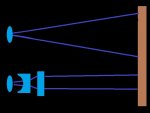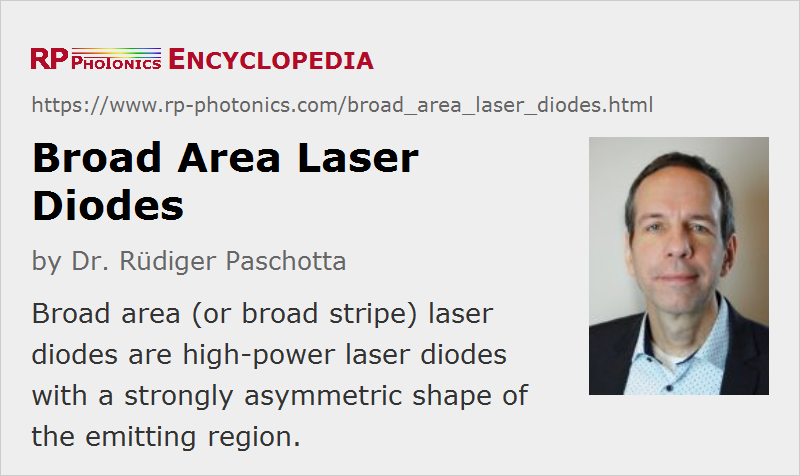- Joined
- Feb 25, 2010
- Messages
- 1,643
- Points
- 113
Well....I cannot resist.....Our C-Lenses Multiply the Slow Axis.......so that we more closely approximate X Axis=Y Axis at the Far Field....that is why we see the terms 3X, and 6X. The C-Lenses reduce the X/Y astigmatism.....by multiplying ( Read expanding ) the Slow Axis !!!
Now...one would think..." Hmmmm….Slow Axis....Fast Axis.....Hmmmm...This means Slow Axis =Slow Divergence....and Fast Axis = Fast Divergence....and common sense would suggest ...hmmmm...we want to tame that darn Fast Axis,,,,,and reduce that Fast Divergence....to get away from that bar output....Right ????....Well NO....WRONG....we need to multiply the Slow axis.....so that is ALMOST matches the Fast axis....and THAT is what we do with
C-Lenses.
I know it sound's stupid....BUT....THAT is what is going on....when we correct the beam !!!
Optics are crazy hey ???? It has taken me a long time...to believe this explanation….but....it is true !!
CDBEAM
Now...one would think..." Hmmmm….Slow Axis....Fast Axis.....Hmmmm...This means Slow Axis =Slow Divergence....and Fast Axis = Fast Divergence....and common sense would suggest ...hmmmm...we want to tame that darn Fast Axis,,,,,and reduce that Fast Divergence....to get away from that bar output....Right ????....Well NO....WRONG....we need to multiply the Slow axis.....so that is ALMOST matches the Fast axis....and THAT is what we do with
C-Lenses.
I know it sound's stupid....BUT....THAT is what is going on....when we correct the beam !!!
Optics are crazy hey ???? It has taken me a long time...to believe this explanation….but....it is true !!
CDBEAM







